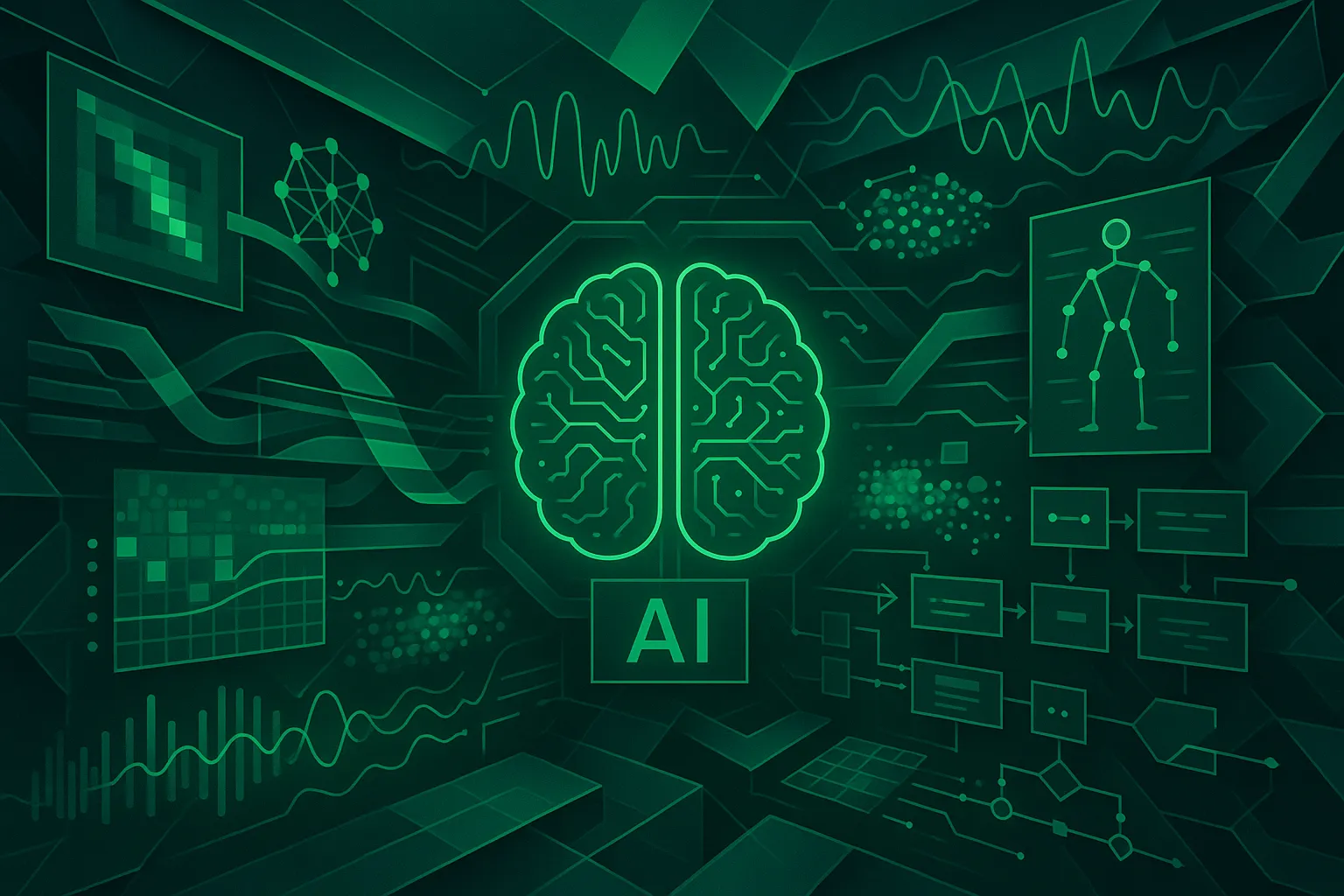
2025-01-22T04:00:00+00:00
In the ever-evolving realm of machine learning, grasping the dynamic concept of flux is essential for both budding enthusiasts and seasoned professionals. But what is flux? In the context of machine learning, flux refers to the flow of data and computations through the intricate layers of neural networks. It's the underlying mechanism that makes a system efficient in managing and processing data. This guide looks into flux's significance, mechanical intricacies, and pivotal applications.
Flux within machine learning frameworks, such as Julia's renowned Flux.jl, offers a unique paradigm aimed at optimizing performance through efficient data transformations. This methodology underscores the importance of data manipulation and rigorous model training to enhance the precision and robustness of machine learning algorithms. As data passes—or 'fluxes'—through these algorithms, the framework's architecture becomes a blueprint for developing models that excel in diverse datasets.
Exploring machine learning frameworks reveals the remarkable potential of Flux. Known for its unmatched flexibility, Flux enables developers to create custom layers and models with clear and expressive code. Its straightforward API cultivates an environment ripe for experimentation and innovation, simplifying even the most complex tasks, like creating recurrent neural networks or pioneering novel architectures. Developers praise Flux for its capability to handle sophisticated models, securing its place as an invaluable tool in a machine learning toolkit.
Engaging in a well-structured Flux ML tutorial allows users to fully leverage the framework's capabilities. Tutorials often start with data preprocessing essentials like normalization and preparation—key steps for optimal model performance. This transitions into constructing models utilizing Flux.jl’s sleek syntax to forge powerful neural networks.
Consistently throughout, there is a focus on understanding how data flux impacts model training and inference. Illustration with real-world examples, such as predicting environmental flux variations, highlights the tangible benefits of mastering Flux. Its efficacy in handling high-dimensional and spatiotemporal datasets demonstrates its utility in fields like climate research and environmental monitoring.
Flux's adaptability aligns seamlessly with cutting-edge machine learning trends, such as scalable models and real-time data processing. The application of deep learning techniques, including generative AI and transformers, through Flux opens new vistas for analyzing complex data and refining computational models. Particularly in the domain of climate research, Flux facilitates international collaboration, a crucial aspect for addressing global issues like climate change. By fostering such integration, Flux showcases its potential to transform our interactions with extensive datasets, enhancing predictive prowess across disciplines.
As AI continues to break boundaries, comprehending flux in machine learning becomes increasingly vital. It unites theoretical concepts with practical applications, paving new paths to tackle sophisticated issues—from carbon dioxide flux monitoring to deploying AI in nuclear engineering benchmarks. The broad spectrum of Flux's applications underscores its essential role in the future of machine learning.
In summary, delving into Flux provides a gateway to mastering machine learning frameworks—equipping enthusiasts with the ability to navigate complex data landscapes effortlessly. Consider integrating Flux into your toolkit; it could propel you toward innovative solutions and significant technological and scientific advances. How do you envision Flux reshaping the future of your data analysis tasks? Share your thoughts or experiences, and embark on this transformative journey of machine learning exploration.